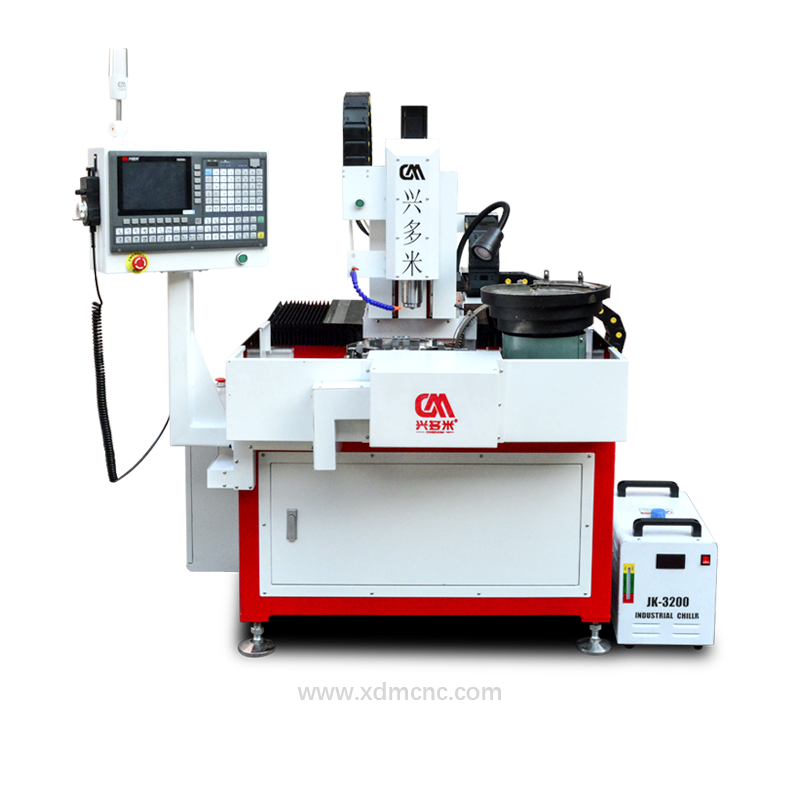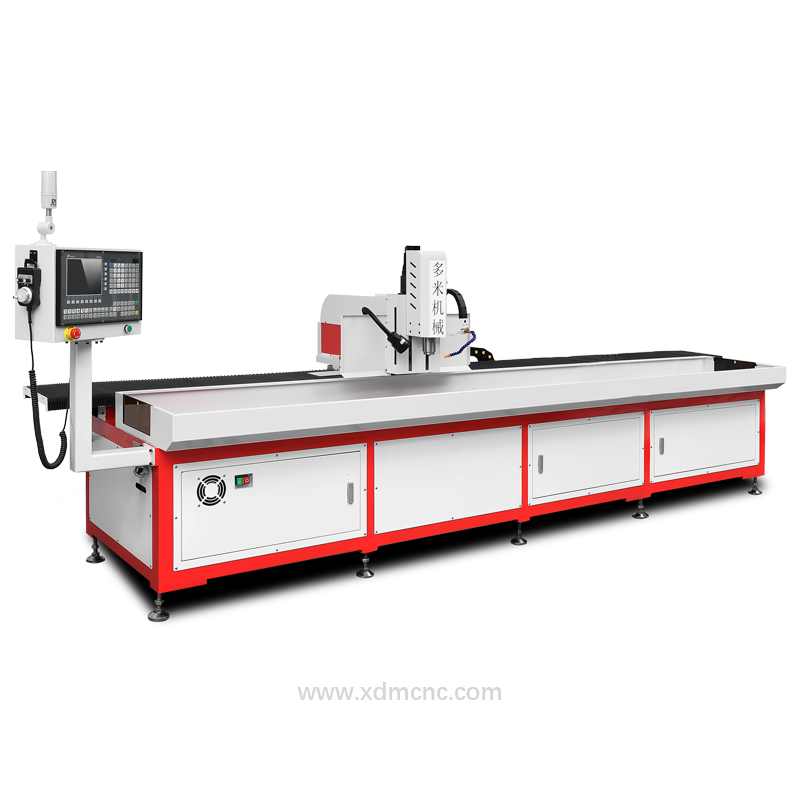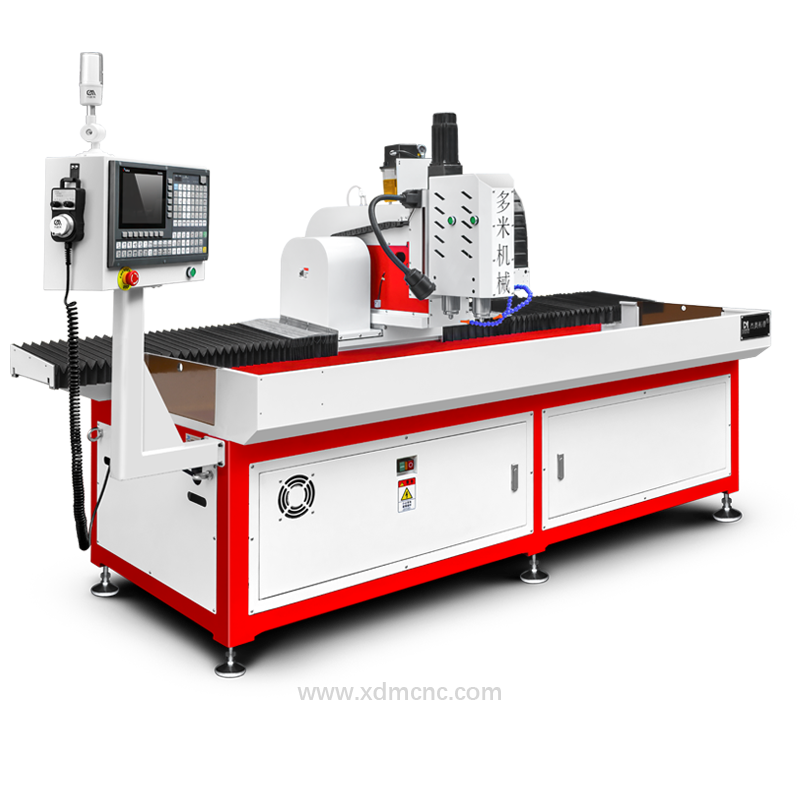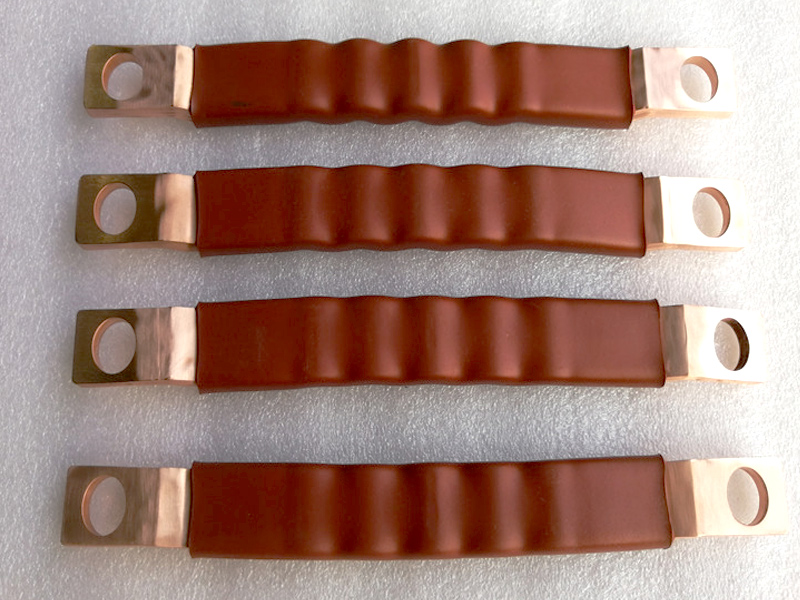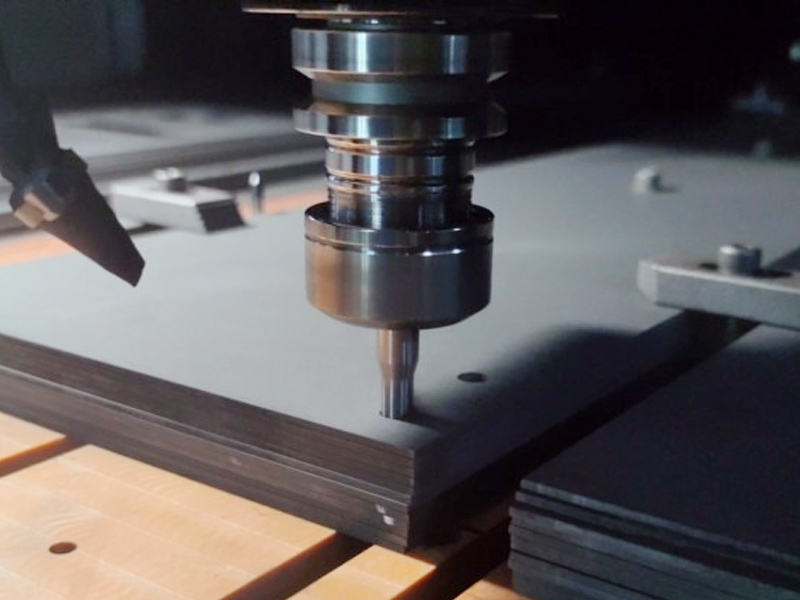Graphite materials, renowned for their excellent electrical conductivity, high-temperature resistance, and chemical stability, are widely used in critical fields such as lithium battery anodes, electrical discharge machining (EDM) electrodes, and semiconductor thermal fields. However, challenges such as brittle fracture due to its layered anisotropic structure, dust contamination, and rapid tool wear have long constrained processing efficiency and quality. Now, intelligent drilling solutions centered on high-precision CNC technology are overcoming traditional process bottlenecks, propelling graphite processing towards the goal of "zero defects, high efficiency, and low pollution." This paper systematically analyzes the pain points of graphite drilling and explores the transformative value of CNC technology along with its market prospects.
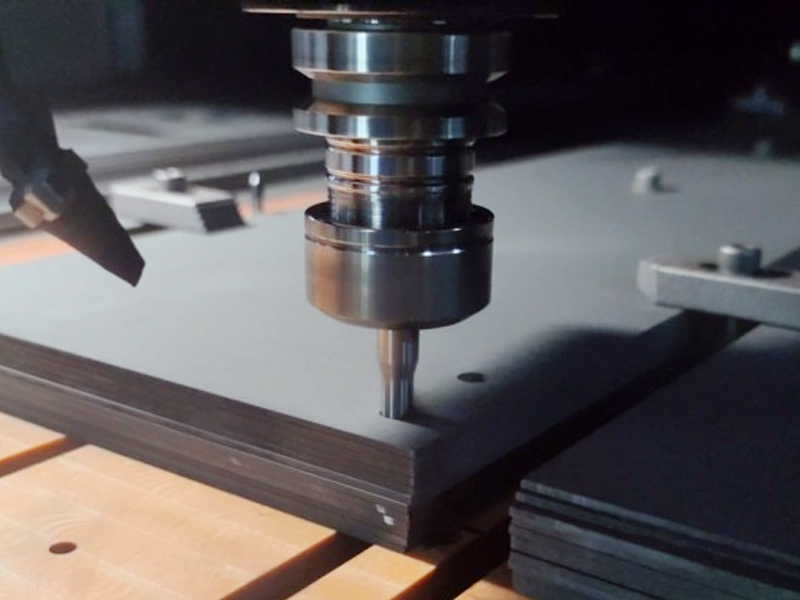
I. Industry Pain Points and Challenges in Graphite Drilling
1. Processing Defects Induced by Material Brittleness
Edge Chipping and Microcracks: The weak interlayer bonding of graphite leads to severe edge chipping, with conventional drilling causing chipping sizes of up to 15%-20% of the hole diameter (e.g., chipping >0.45mm for a φ3mm hole). EDM electrode defects reduce discharge efficiency by 30%.
Dust Accumulation Damage: Although graphite dust has low hardness, its high electrical conductivity causes severe machine tool failures, increasing failure rates by 2-3 times when dust infiltrates machine guides or spindles.
2. Tool Wear Challenges
Abrasive Wear: Hard particles (e.g., SiC impurities) within graphite accelerate tool edge dulling, reducing the lifespan of carbide drill bits to less than 500 holes—only one-tenth of that in steel machining.
Adhesive Wear: When cutting temperatures exceed 200°C, graphite chips adhere to the tool surface, causing chip evacuation grooves to clog (>40% clogging rate).
3. Insufficient Precision in High-Precision Machining
Hole Diameter Deviations: In conventional drilling with depth-to-diameter ratios exceeding 5:1 (e.g., bipolar plate flow field holes in fuel cells), taper errors of 0.05-0.1mm compromise gas diffusion uniformity.
Surface Quality Defects: Post-drilling graphite surfaces often exhibit step-like delamination (Ra>3.2μm), reducing the thermal radiation efficiency of semiconductor single-crystal furnace thermal field components.
4. Environmental and Safety Risks
Dust Explosion Hazards: The lower explosion limit for graphite dust is only 60g/m³ (about one-third that of flour), with traditional processing workshop dust concentrations often exceeding safety thresholds.
Occupational Health Threats: Suspended particles<5μm pose a risk of pneumoconiosis, and current dust filtration systems typically have efficiencies below 90%.
II. CNC Drilling Technology Breakthroughs and Core Advantages
1. Dynamic Precision Compensation System
Technical Solutions:
Nano-scale grating closed-loop control (positioning accuracy ±1μm).
Vibration suppression algorithms (reducing spindle radial runout to within 0.5μm).
Application Outcomes:
China's DUOMI CNC drilling machines achieve chipping<0.02mm in φ0.5mm micro-hole machining.
Tesla's 4680 battery anode current collector drilling attains positional accuracy of ±2μm.
2. Intelligent Process Parameter Optimization
AI-Driven Machining:
Machine learning models analyze real-time graphite density (1.5-1.9g/cm³) and particle size (5-20μm), automatically adjusting spindle speed (8,000-30,000rpm) and feed rate (0.5-5μm/r).
Swiss GF Machining Solutions' Mikron HSM series, equipped with C.O.R.E. technology, extends tool life by 200%.
3. Integrated Dust Management System
Multi-Stage Dust Removal Design:
High-pressure air curtain isolation (dust escape rate<5%).
Electrostatic adsorption + HEPA filtration (dust removal efficiency >99.97%).
Industry Case Study:
China's DUOMI DNC series drilling machines, equipped with drilling control systems, maintain workshop dust concentrations<1mg/m³.
4. Specialized Cutting Tool Innovations
Coating Technology:
Diamond-like carbon (DLC) coatings reduce friction coefficient by 60%.
TiAlN multi-layer composite coatings increase heat resistance up to 800°C.
Structural Design:
Double-helix chip evacuation grooves (improving chip evacuation efficiency by 70%).
Self-centering drill tips (concentricity error<0.005mm).
III. Typical Application Scenarios and Market Value
1. Lithium Battery Anode Material Processing
Technical Requirements: Drilling φ0.8-1.5mm through-holes in 1.2mm-thick artificial graphite plates (porosity 30%-50%) to enhance ion transport efficiency.
Solution:
China's DUOMI CNC drilling machines, paired with diamond-coated drill bits, achieve a processing speed of 150 holes/min.
Dust concentration controlled below 0.5mg/m³ (compliant with OSHA standards).
Market Data: The global lithium battery anode materials market reached 20 billion yuan in 2023, with drilling equipment accounting for 12% (GGII data).
2. EDM Electrode Manufacturing
Industry Pain Points: Complex cavity electrodes require drilling deep micro-holes (e.g., φ0.3mm × 3mm).
Technical Breakthrough:
DUOMI's DNC CNC machine tools with HSK-E32 interfaces achieve 0.1μm-level repeatability.
Electrode machining efficiency tripled, surface roughness Ra<0.4μm.
3. Semiconductor Thermal Field Component Processing
Technical Requirements: Graphite crucibles (>500mm in diameter) require 2,000+ cooling holes (φ2mm) with positional accuracy ±0.01mm.
Benchmark Case:
DUOMI CNC, in collaboration with Zhonghuan Semiconductor, developed a five-axis CNC drilling machine achieving 99.8% yield rate.
Single-machine annual capacity increased to 100,000 units, reducing import dependency by 50%.
IV. Future Trends and Challenges
1. Technological Integration and Innovation
Hybrid Machining: Laser-assisted drilling (reducing cutting force by 90%) + ultrasonic vibration (suppressing edge chipping).
Digital Twin Systems: Siemens NX CAM software enables virtual process debugging, shortening process development by 70%.
2. Intelligent Upgrading Pathways
Tool Health Monitoring: Real-time drill wear prediction using current signals and acoustic emissions (95% recognition accuracy).
Autonomous Process Optimization: Generative AI automatically generates graphite drilling parameter sets, boosting efficiency by 40%.
3. Green Manufacturing Transformation
Dust Recycling: Recovering graphite dust for lithium battery conductive agent production (>98% recovery rate).
Energy Optimization: Linear motors + energy recovery systems reduce equipment energy consumption to 1.2kWh/m².
4. Industry Standards Development
Processing Quality Standards: Establishing precision drilling standards (e.g., hole tolerance ±0.005mm).
Safety Regulations: Mandatory online dust concentration monitoring and automatic shutdown protection.
The Future of Graphite Drilling Machines
Driven by the dual forces of new energy and high-end manufacturing, graphite drilling is transitioning from an "experience-dependent" process to a "data-driven" intelligent manufacturing paradigm. Deep integration of CNC technology is not only solving traditional challenges like edge chipping, dust pollution, and tool wear but also unlocking new applications in hydrogen energy and third-generation semiconductors. By 2030, the global CNC graphite drilling equipment market is projected to exceed $8 billion, emerging as a new growth pole in precision manufacturing.




